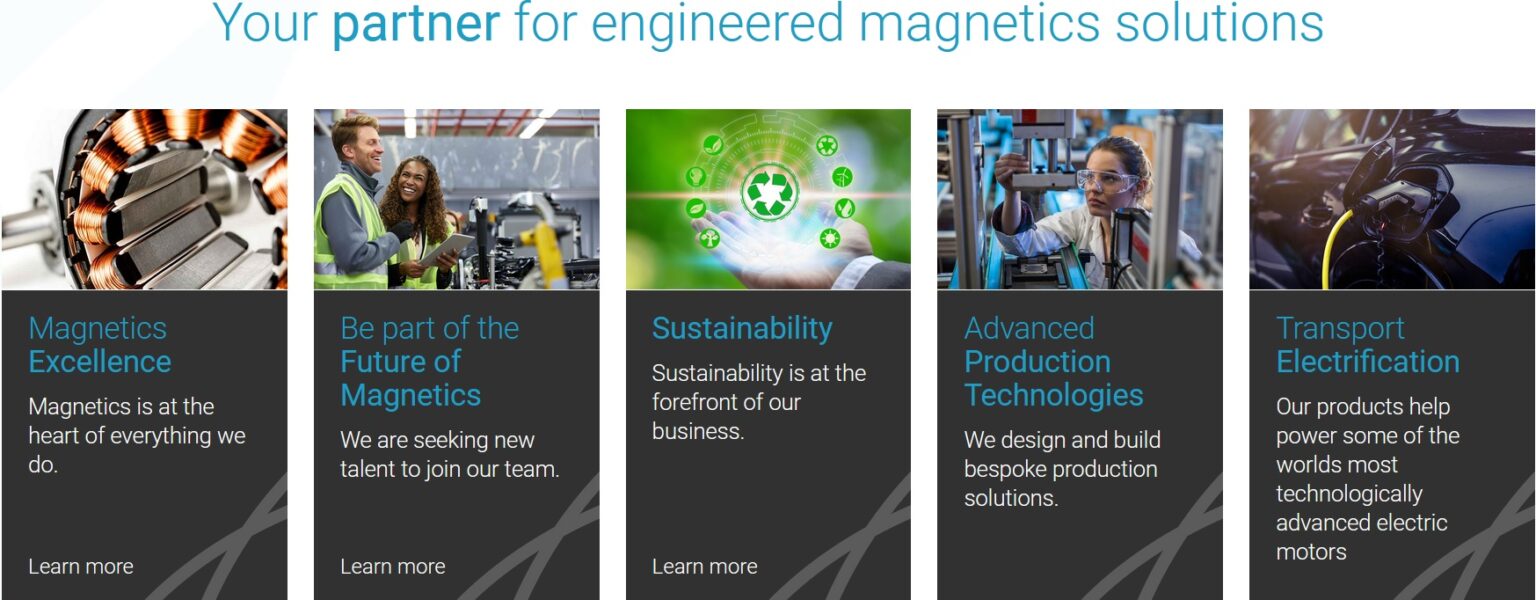The Australian Government Steps into the Critical Minerals Supply Chain Ring
A recent monumental development within the mining and rare earths sectors is the Australian government’s financial endorsement of Arafura Rare Earths Limited‘s (ASX: ARU) rare earth mine and refinery project. This marks a significant step forward in the global pursuit of sustainable and secure Non-Chinese owned or operated sources for critical minerals. This move, underscored by an impressive A$840 million in loans and grants, signals a strong Australian governmental belief in the necessity and potential profitability of domestically sourced rare earth elements, vital for electric vehicle (EV) motors and renewable energy technologies.
Gina Rinehart’s Hancock Prospecting, alongside other private equity interests, has seen a notable appreciation in value following this announcement, illustrating the private sector’s growing confidence in rare earth ventures as a viable and lucrative investment avenue. This confidence is buoyed by government backing, which often acts as a catalyst for further private investment by demonstrating a commitment to the sector’s success and stability.
Australia’s strategic decision to support Arafura’s project, situated near Alice Springs, showcases its ambition to become a frontrunner in the production of rare earth elements, crucial for EVs and wind turbines. This initiative not only addresses the immediate financial hurdles faced by the mining industry but also aligns with broader goals of establishing Australia as a key player in the global supply chain for renewable energy technologies.
The involvement of figures like Gina Rinehart and Andrew Forrest, both of whom have substantial stakes in mining ventures, underscores a deeper shift towards mining as an investment that offers both substantial returns and strategic value in the context of the global green transition. Their investments in rare earths and the potential for vertical integration, as seen in the partnership between Forrest’s Hastings Technology Metals Limited (ASX: HAS) and Neo Performance Materials Inc. (TSX: NEO), highlight a keen understanding of the sector’s critical role in future technologies and energy solutions.
Australia’s proactive stance, contrasted with the more cautious approaches of other Western nations, illustrates a deep understanding of the strategic importance of rare earths and the necessity for domestic processing capabilities. This is not just about securing supply chains but also about capturing more value within the country, creating jobs, and fostering technological advancements in green energy and EV production.
Moreover, the broad financial and strategic implications of this government support extend beyond the immediate economic benefits. They underscore a pivotal moment for the global rare earths market, emphasizing the critical need for diversified, reliable sources of these essential materials. As tensions and competitions intensify on the international stage, Australia’s move represents a significant step towards greater independence and resilience in the face of geopolitical and market pressures.
In conclusion, this development is a clarion call to nations and investors alike to recognize the indispensable role of rare earths in the modern world. It is a testament to the vision and audacity of those like Rinehart and Forrest, who see beyond the immediate to the immense potential that rare earths hold for the future of technology, energy, and national security. As Australia forges ahead, it sets a compelling example for others to follow, highlighting the comprehensive strategy needed to fulfill the burgeoning demand for domestic sourcing of rare earth magnets, especially among European and American EV automotive OEMs.







